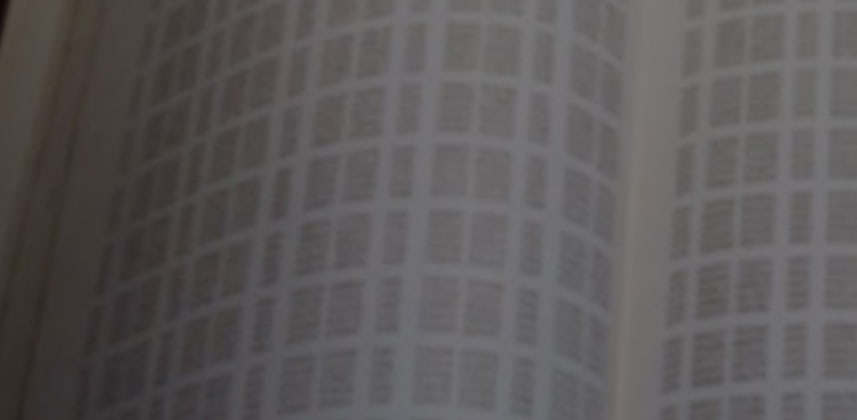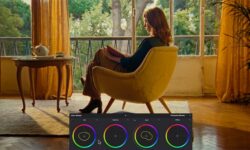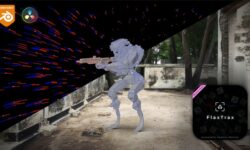What is a LUT (and how do you use a LUT for color correction)
Release date:2013, March 13
Duration:00 h 07 m
Author:Patrick Inhofer
Skill level:Intermediate
Language:English
Exercise files:Yes
What is a LUT(and how do you use a LUT)?
A Look-Up Table (LUT) is mathematically precise way of taking specific RGB image values form a source image – and modifying them to new RGB values by changing the hue, saturation and brightness values of that source image. A LUT can be scientifically precise (such as moving from the sRGB color space to the DCI P3 Color Space). A LUT can also be used creatively to impose a specific ‘Look’ on a source image, such as the Bleach Bypass look.
When reading about LUTs you’d think that there must be one single perfect LUT for whatever operation you’re performing… for instance, taking the LOG-recorded images from a Digital Cinema Camera and turning them into properly viewable High-Definition images.
You’d also think any LUT that comes from a camera manufacturer or that ships with your color grading software is a precise (and perhaps fool-proof) method of getting your ‘flat’ LOG images into a nice rich HD image.
Not so.
The problem with understanding LUTs
What many post-pros don’t understand is that there are several types of LUTs:
Technical LUTs – These types of LUTs are designed to transform an image from one color space / gamut to another. The end goal is to have the same image look perceptually identical on two different viewing devices. For instance: A plasma display and the output of your inkjet printer (technically, this is the goal of ACES – an in-development color space that covers the human visual spectrum – but conceptually the end-goal is the same).
Creative LUTs – These types of LUTs can be generated in software, allowing – for instance – completely different grading apps to share looks between them.
The problem occurs when we assume a Creative LUT is actually a Technical LUT. And there’s a broad type of common color correction LUT where this incorrect assumption happens regularly:
Camera LUTs – A good example of this kind of LUT is the ARRI Alexa Rec 709 LUT, designed to be applied to footage recorded to ARRI’s flat Log-C recording setting. This type of LUT is really a merging of Technical and Creative LUTs. A Camera LUT seems like it’s operating with Mathematical precision. And you’d think Camera LUTs should work precisely the same way every time you use them. But they don’t. Why?Because of…Exposure. As the amount of light hitting the sensor changes – and the relationship between the darkest shadows and brightest highlights change – so does the effect of a LUT on that image.The end result: A Camera LUT is a creative tool designed with a specific purpose in mind. But what it’s NOT designed to do is take every image recorded by that camera and make it perfect every time. It’s just not possible. Professionals new to LUTs often find this is a hard concept to internalize.





 Channel
Channel





